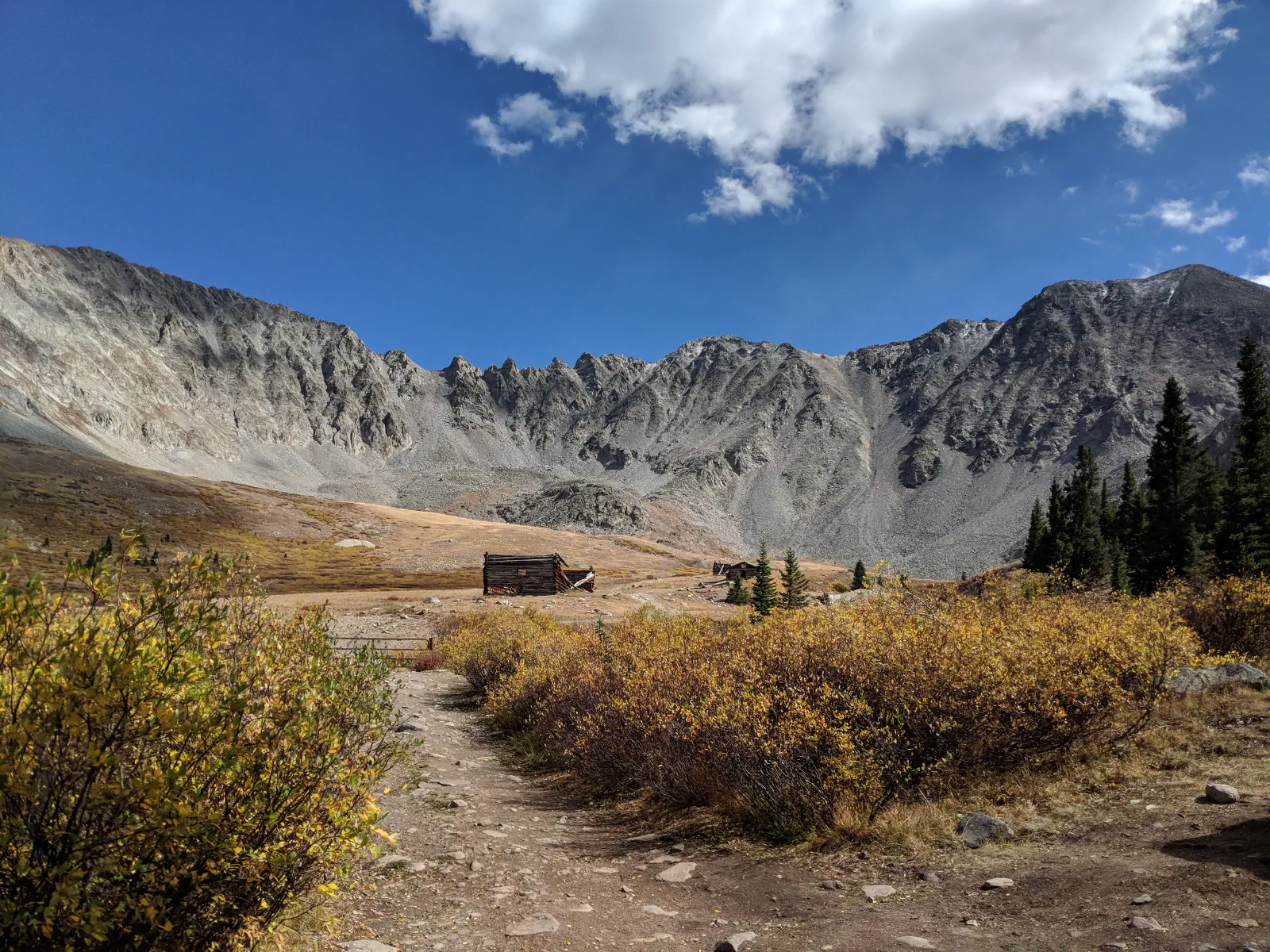Precision Counts
I topped off a busy work week with a busy weekend of air work. On Saturday afternoon we departed San Carlos for Salinas to do the Localizer DME runway 31 approach, my first with a DME arc. We had practiced DME arcs the previous weekend out in the central valley well away from any significant terrain. As you can see from the approach plate, that isn’t the case with this approach.

Just to remind you, as part of my instrument training, I’m wearing view limiting devices (Foggles) that prevent me from seeing much other than the instruments inside the plane. Thanks once again to a great GPS setup, flying the arc from the initial approach fix (IAF) to pick up the localizer was no problem. Once I was established on the final approach leg, my instructor gave me a brief opportunity to take my Foggles off and look around. I attempted to reproduce the view for you in Google Earth but it did no justice to what I saw. Out the left window, maybe 2 miles away was a ridge peak… above me, the ridge outside the right window was a little lower and further away but still there. This was literally and figuratively an eye opener, in this type of terrain on this type of approach it is absolutely critical to be precise in following the procedure.
As if that wasn’t enough, the winds were favoring runway 26 so we would need to circle to land as we completed our approach to runway 31. There’s no direct approach to runway 26 on account of those ridges I was looking at earlier. To make things even more interesting my instructor said we came out of the “clouds” at 600’ MSL. The minimum descent altitude (MDA) for the approach is 560’. The MDA is the lowest you may fly an approach without visual reference to the runway environment. So at around 580’ I have to circle around to make a landing on a perpendicular runway.

That’s a pretty sharp turn to be making that low to the ground. A usual pattern altitude is 1000’ above the ground and I’m at half that so I don’t want to go any lower. On the flip side, I don’t want to go back into the “clouds” because I would have to execute the missed approach and try again. In actual instrument conditions, the weather could have been descending and that might have been my last opportunity to land at that airport (I would of course have planned an alternate that I could go to). Once again precision is key, 40’ is not much room for error at all. On this try I probably would have ended up in the “clouds” but we soldiered on and made our low approach to runway 26 before departing for some additional practice at Watsonville.
What a way to start off a weekend! We spent Sunday in the Sacramento area tallying up our greatest number of airport visits including Sacramento Executive, Mather, Rio Vista, Concord, and Oakland. I might have missed most of the Super Bowl but judging by the grin on my face you would have thought I was a New York Giants fan.
